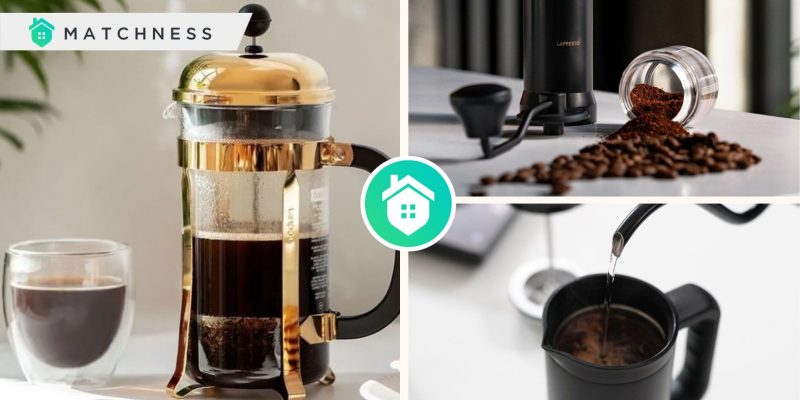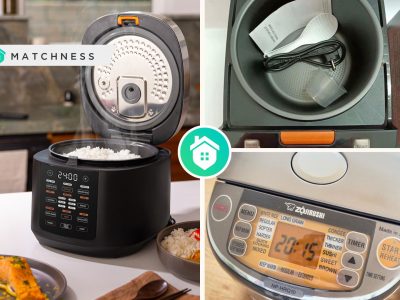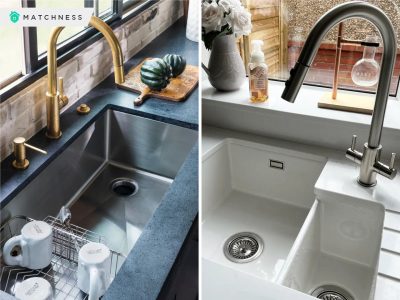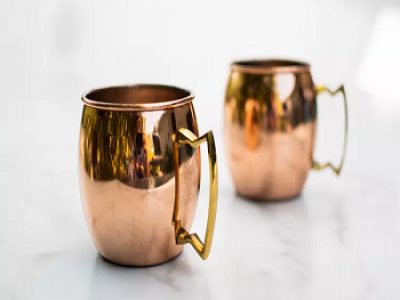The French press, also known as a press pot or plunger pot, is one of the kitchen appliances that is the classic and beloved method of brewing coffee that produces rich, full-bodied cups with unparalleled flavor. While it may seem simple at first glance, using a French press requires technique and attention to detail to achieve the perfect brew.
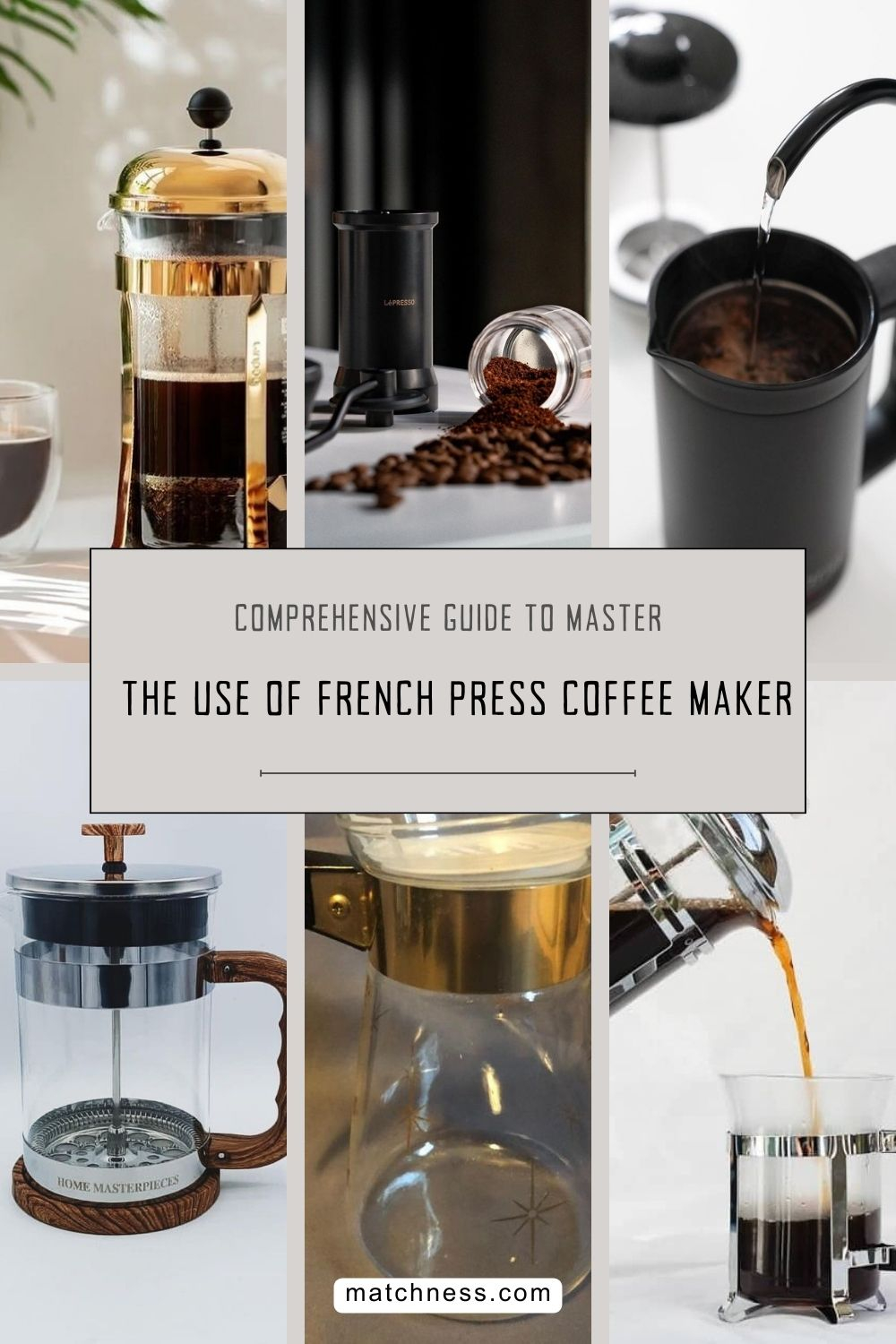
Mastering the art of French press coffee brewing is a rewarding journey that allows you to savor the rich flavors and aromas of freshly brewed coffee in the comfort of your home. By understanding the fundamentals of French press brewing, choosing quality coffee beans, and refining your technique through experimentation, you can elevate your coffee experience to new heights. So, grab your French press, some freshly roasted beans, and embark on a journey of coffee discovery, one flavorful cup at a time!
In this comprehensive guide, we’ll explore everything you need to know to master the art of French press coffee brewing.
Understanding the French Press
The French press consists of a cylindrical glass or stainless steel carafe, a plunger with a metal filter, and a lid. Its simplicity is part of its charm—there are no complex mechanisms or electricity required, just hot water and coarsely ground coffee beans.
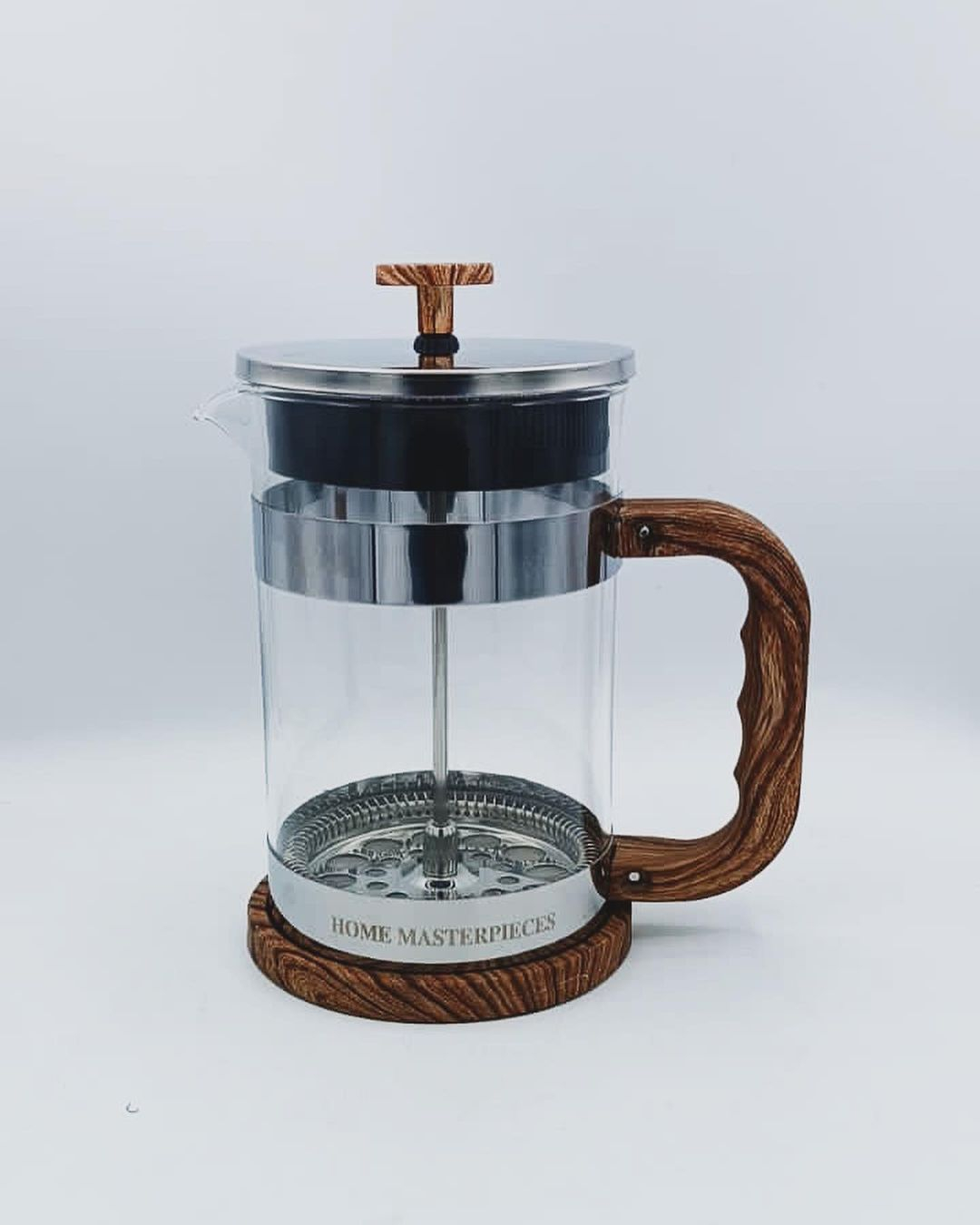
French Press from @glance_collection.mv
Choosing the Right Coffee
The key to a delicious French press brew starts with quality coffee beans. Opt for freshly roasted, whole beans and grind them just before brewing for maximum flavor. Coarse grind size is essential for French press brewing to prevent sediment from passing through the filter.
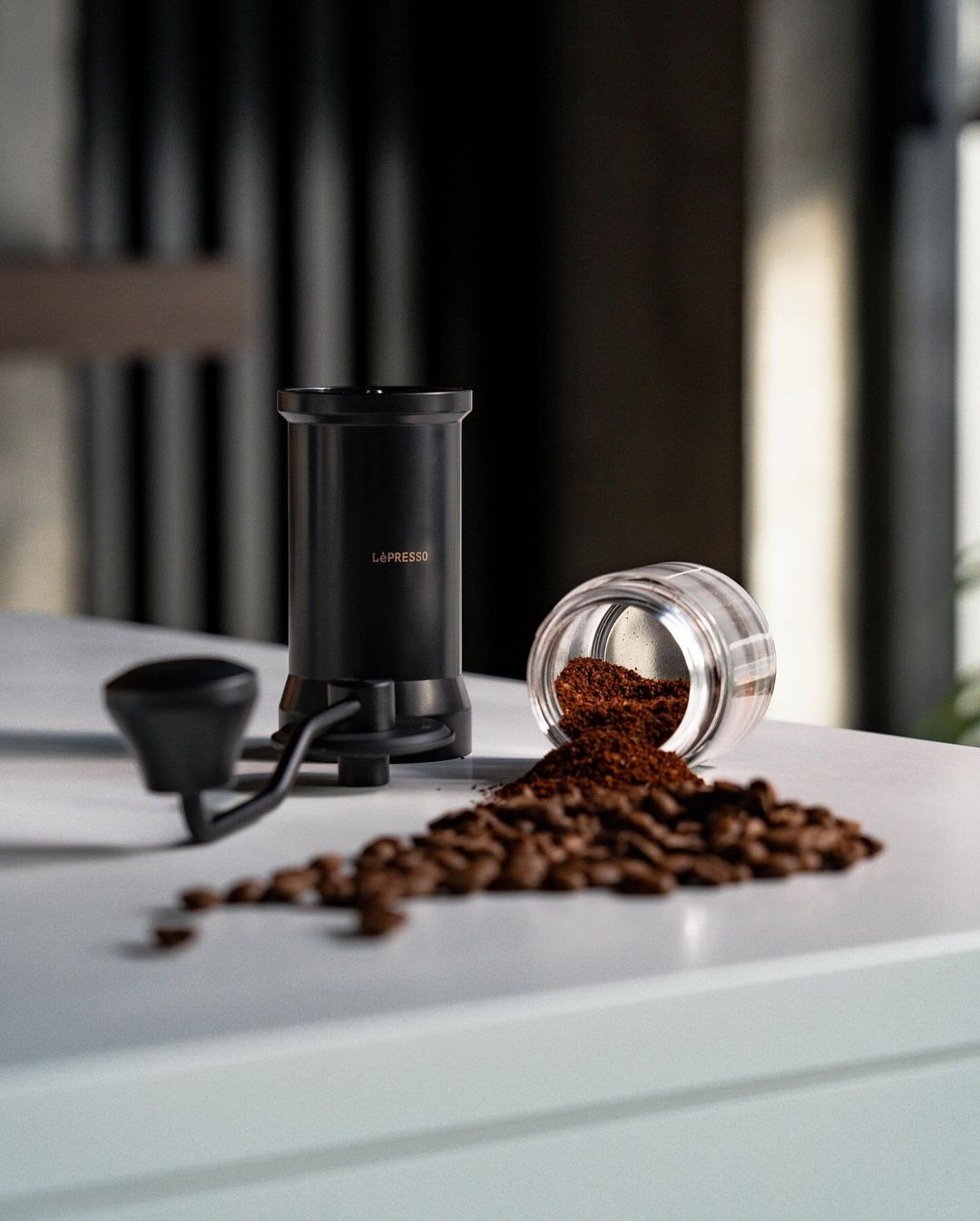
With the best coffee beans, you can make it into a powder by grinding the beans. There are varied kinds of grinders that you can choose based on your needs. Here is the manual grinder in a small size which can be best for traveling. Coffee Beans and Grinder from @cvrgrm
Preparing Your Equipment
Before you begin brewing, ensure your French press is clean and free from any residue. Preheat the carafe by rinsing it with hot water, which helps maintain the optimal brewing temperature. Additionally, preheat your mug or serving vessel to keep your coffee hot for longer.
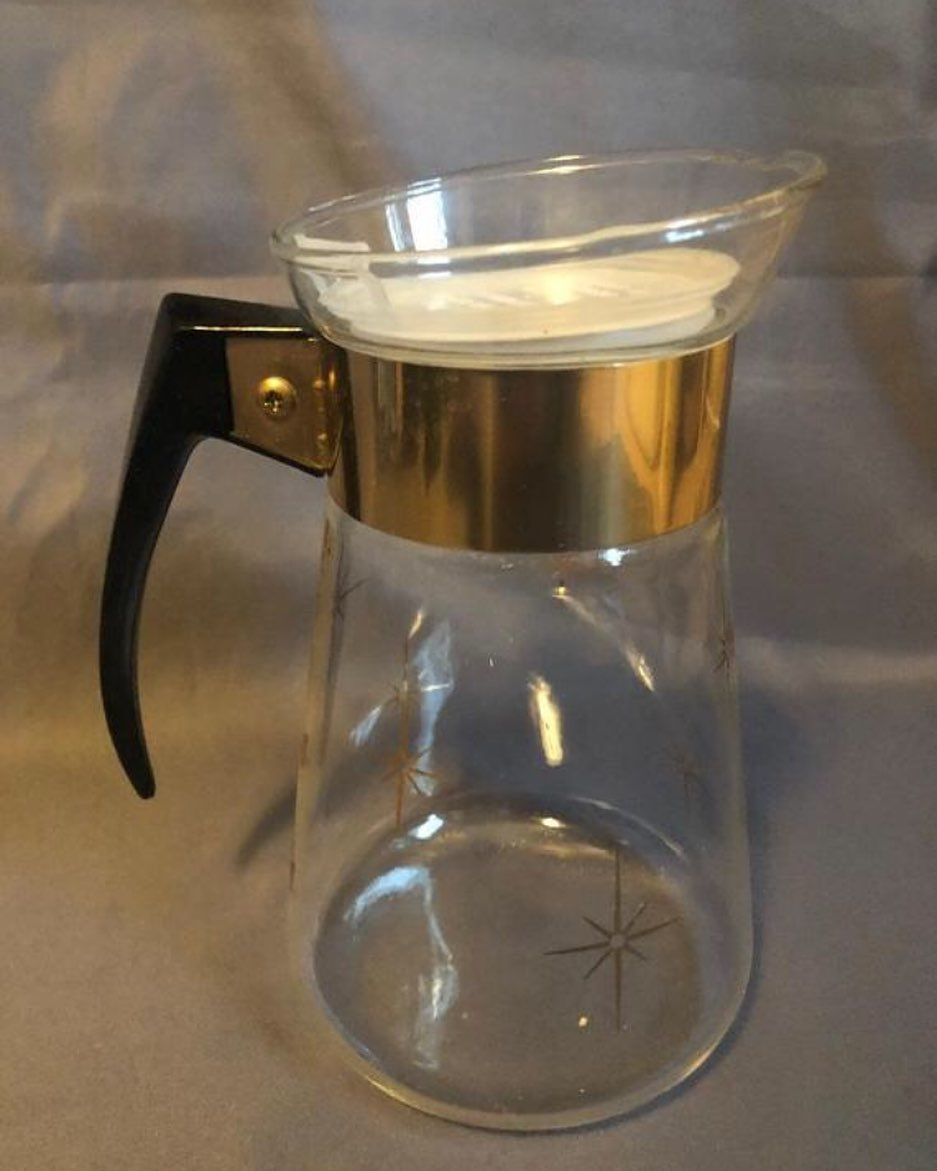
The carafe is really familiar to be used for the coffee-making process. It can be used to keep the coffee warm and to maintain the quality of the coffee before you serve it. Carafe from @crestviewvintagemarket
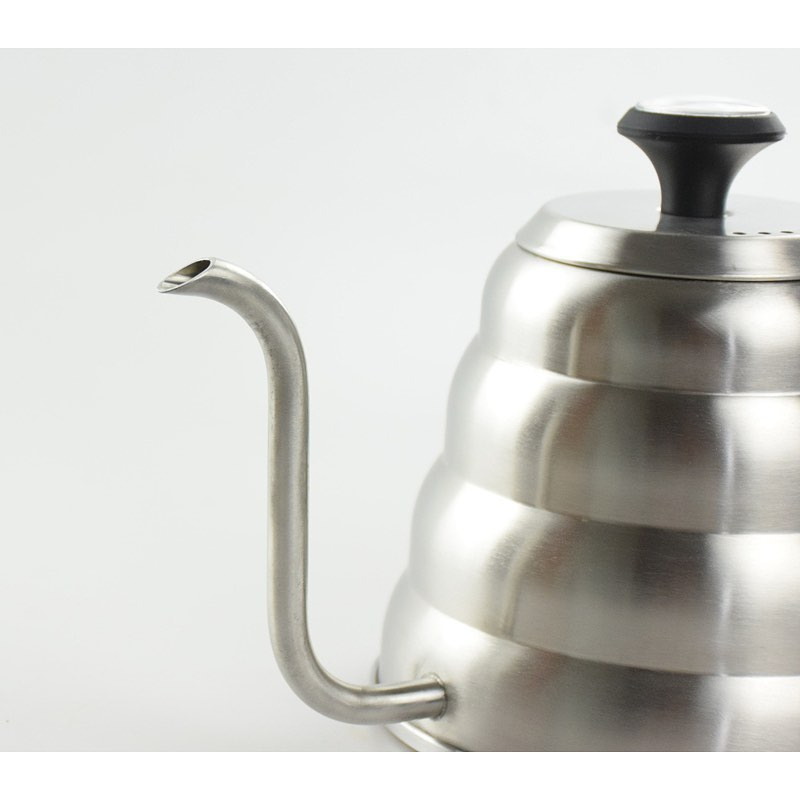
Besides the carafe, you can also prepare the kettle. It will be useful to help you pour the plain water into the French press to provide the best coffee quality. Kettle from @chay_store
Measuring Coffee and Water
A general rule of thumb for French press brewing is to use a coffee-to-water ratio of 1:15 or 1:16. Start by measuring out your coffee beans based on the desired strength of your brew. For example, for a standard 8-cup French press, you’ll need about 56 grams (or 8 tablespoons) of coffee and 900 milliliters (or 3.8 cups) of water.
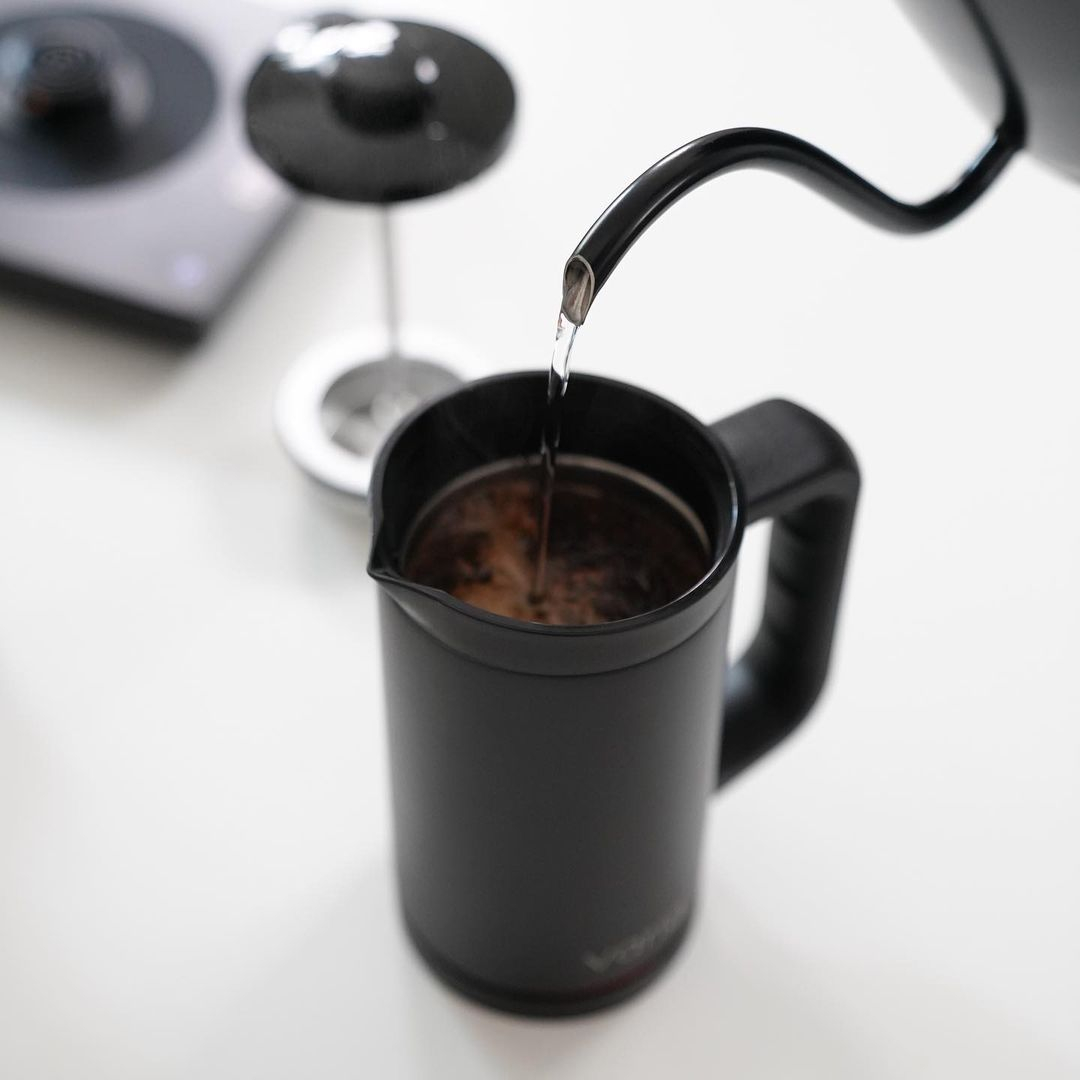
When the right grams of coffee are already filled into the coffee maker, you can then pour the water that is already measured. This one is important to get the best taste of coffee. Water Pouring for Coffee Making from @pbrewinghouse
Brewing Process
- Start by bringing water to a boil and then letting it cool for about 30 seconds to reach the optimal brewing temperature of around 200°F (93°C).
- Add the coarsely ground coffee to the French press carafe, followed by the hot water.
- Give the coffee grounds and water a gentle stir to ensure all the grounds are evenly saturated.
- Place the lid on the French press with the plunger pulled all the way up to trap heat and aroma.
- Allow the coffee to steep for about 4 minutes. Adjust the steeping time based on your preference for stronger or weaker coffee.
- After the steeping time is complete, slowly press the plunger down with steady pressure to separate the grounds from the brewed coffee.
Pouring and Serving
Once the plunger is fully pressed down, pour the freshly brewed coffee into your preheated mug or serving vessel immediately to prevent over-extraction. Avoid letting the coffee sit in the French press with the grounds, as this can lead to bitterness.
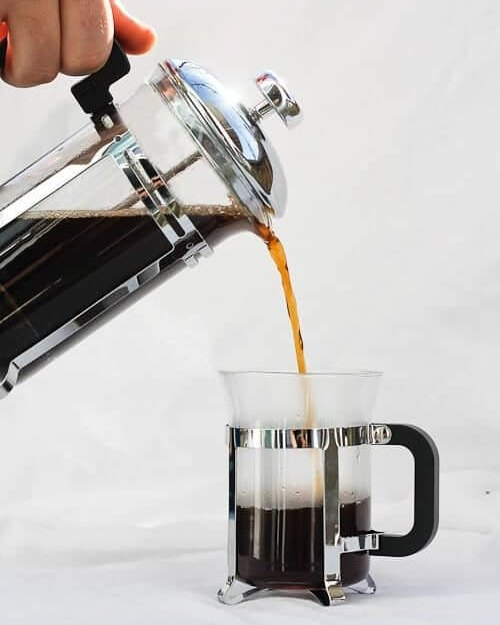
This one is the preheat serving vessel. It will be useful to keep the coffee fresh before you pour it into some cups because letting the coffee inside the French press will damage the quality of the coffee. Preheat Serving Vessel from @champagne.tastes
Enjoying Your Coffee
French press coffee is best enjoyed immediately after brewing to savor its full flavor profile. Take a moment to appreciate the rich aroma and full-bodied texture of your freshly brewed cup. Experiment with different coffee beans, grind sizes, and brewing times to find your perfect balance of flavor and strength.
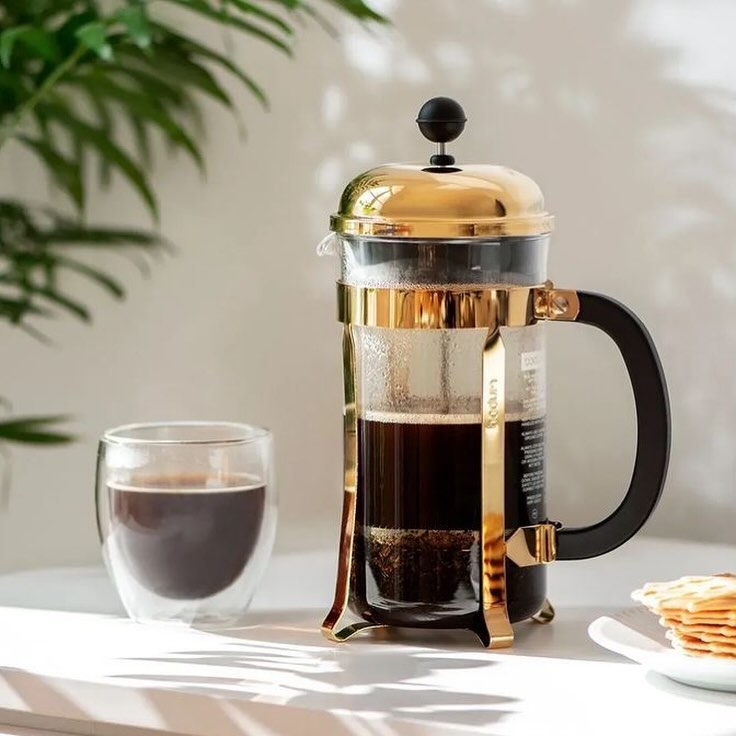
Now, your coffee is ready. This glass is a good one that won’t be hot when you hold it. You can also use a cup, but this one is recommended as it looks aesthetic. Freshly Brewed Coffee from @paperstrawlove
Cleaning and Maintenance
Proper cleaning and maintenance are essential for prolonging the life of your French press and ensuring each brew is pristine. After use, disassemble the French press and rinse all components with warm water to remove any coffee residue. Periodically deep clean your French press with a mixture of water and mild detergent, paying special attention to the filter and plunger.
Experimenting and Refining Your Technique
The beauty of French press brewing lies in its versatility and room for experimentation. Don’t be afraid to tweak variables like grind size, water temperature, and steeping time to find your perfect brew. Keep a brewing journal to track your experiments and refine your technique over time.


